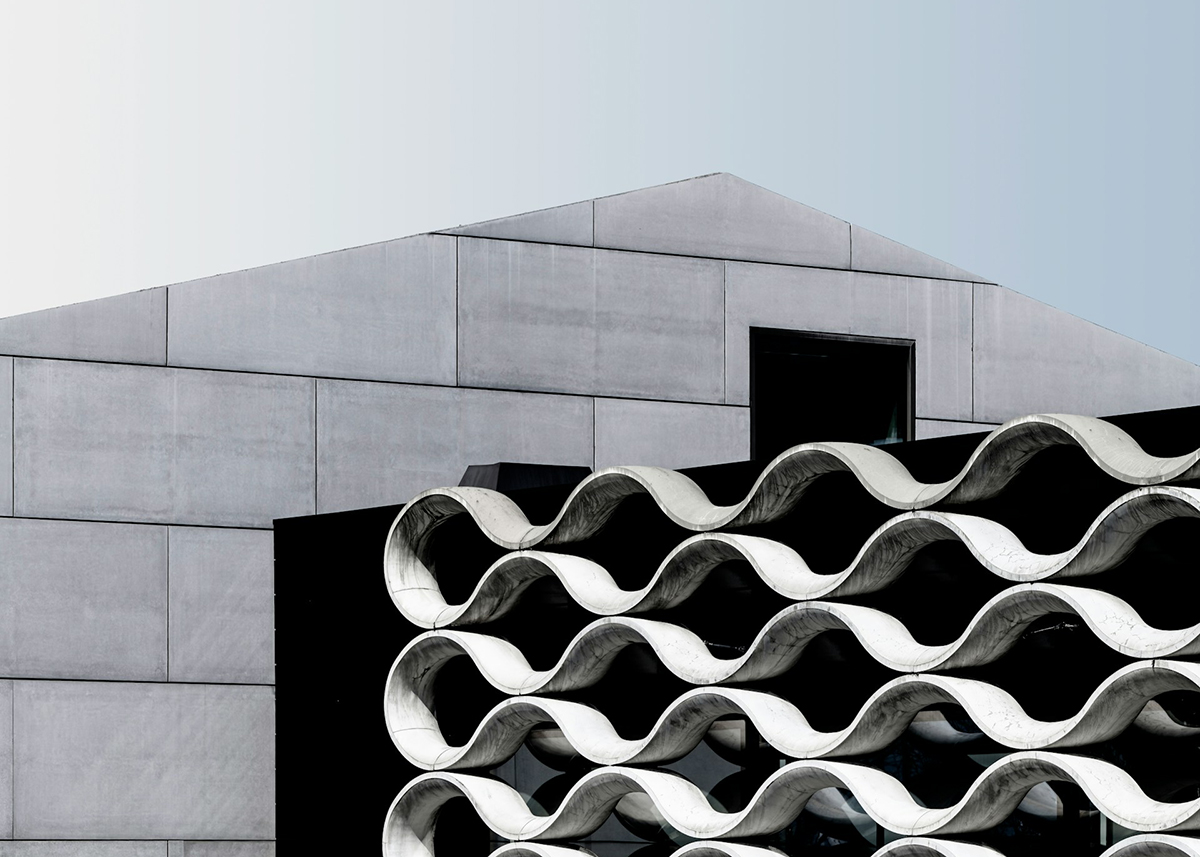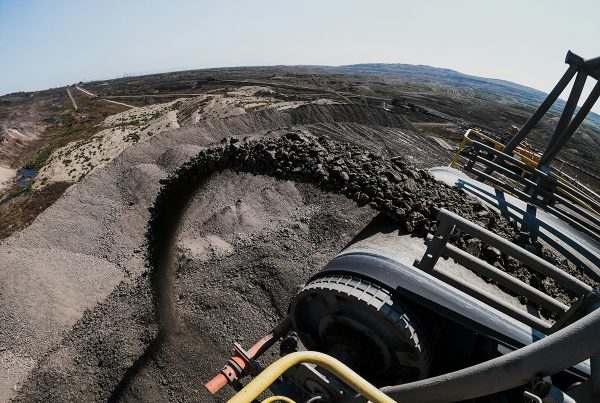Sustainability has crept to the forefront of construction as the sector undergoes a critical shift. With rising interest and concern regarding climate change, resource consumption and the urban heat island effect, designers and contractors are increasingly searching for low-impact materials and practices to enhance building functionality and aesthetic value.
Decorative concrete is an enduring and adaptable breakthrough that promotes recyclability, lower embodied carbon and greater energy efficiency. Sustainable concrete innovations deliver unforgettable visual statements and set new benchmarks for responsible building and design.
Market Drivers for Sustainable Decorative Concrete
Decorative sustainable concrete has increased in popularity as people demand more visually appealing construction that leans into environmental stewardship. Experts predict the market for this design option will increase from $17.52 billion in 2023 to $28.35 billion in 2032, mainly due to its appearance, excellent traction and high traffic durability.
Stamped concrete is used in commercial renovations, such as hotels and office buildings. However, it is most often found in residential construction, where homeowners can select from various patterns and textures to more affordably mimic wood, brick and stone. It can last up to 25 years, too, with proper installation and maintenance.
Another driving force is stricter building codes, regulations and certifications — such as the Leadership in Energy and Environmental Design (LEED) — that prioritize the natural world. Sustainable concrete contributes to achieving such high standards. So far, there are over 195,000 commercial and 547,000 residential LEED-certified structures globally.

Stamped Concrete — Sustainable Options for Innovative Design
Stamped concrete is a low-impact alternative to conventional paving. It can imitate the appearance of other materials, increasing building resilience while reducing the need for regular replacement, resource overconsumption and waste streams.
Low-Carbon Cement
Low-carbon cement has taken the construction industry by storm, allowing it to decrease greenhouse gases associated with manufacturing traditional materials — 0.9 tons of carbon dioxide (CO2) is derived from just 1 ton of cement. Replacing part of the cement with fly ash, slag and other sustainable byproducts can cut as much as 36% of CO2 from traditional mixes.
Recycled Aggregate Concrete
Recycled aggregate concrete (RCA) integrates crushed concrete from broken-down structures, replacing natural aggregates and decreasing landfill waste. Research suggests that RCA can reinforce compressive capacity by 42%, reduce water retention by 27% and decrease energy use by 85%. It also lowers CO2 emissions by 90%.
Local Material Sourcing
Locally sourced concrete materials minimize transportation emissions and energy consumption from long-haul trucks. They also support local economies and strengthen the supply chain. Concrete from a particular region is also more likely to have acclimated to the climate, improving its performance and stability.
VOC-Free Sealants
Volatile organic compounds (VOCs) are harmful gases emitted from building materials, paints, sealants, aerosol sprays and adhesives that contribute to environmental and human health risks. VOCs can increase indoor pollutants two to five-fold higher than outside, reaching 1,000 times higher immediately after paint stripping or other activities. VOC-free sealed cement is a much more sustainable choice for buildings and homes, improving occupancy well-being.
Digitalization and Smart Technologies in Concrete Design
Decorative sustainable concrete is experiencing a revolution with digitization and smart technologies. Digital fabrication promotes higher-performing products, enhanced safety and augmented productivity through real-time tracking and improved decision-making. For instance, sensor tools collect data on concrete properties, hardening, strength and durability, enabling technicians to adjust parameters for better-quality outcomes.
Three-dimensional (3D) printing of concrete structures also reduces waste and CO2 footprints, allowing for greater precision and customization in modern construction. The building sector is even exploring 3D concrete printing to construct bridges, uncovering new ways to mix concrete and employ advanced nozzles for casting.
The technologies drive cutting-edge solutions for decorative concrete, increasing performance and achieving environmental goals by transforming construction strategies.
Challenges and Opportunities Ahead
Sustainable concrete innovations offer a promising outlook for new construction and structural renovation projects. However, several challenges exist to its widespread implementation, including high initial costs and minimal awareness of alternative materials.
Smaller-budget projects may not be able to afford costly decorative concrete, and integrating renewable energy, water management and energy efficiency into production may prove complex. Workers are also not yet adept at new construction materials, technologies and methods, which can slow adoption. Likewise, building codes do not fully support this transition.
Fortunately, there are several ways the construction industry can overcome the barriers and make stamped concrete a standard component of sustainable building, such as:
- Invest in research and development to improve its performance, reliability and affordability.
- Offer comprehensive training to industry professionals to fill skill gaps.
- Update structural codes and standards for sustainable construction materials and practices.
- Promote collaboration and information sharing among various stakeholders, including architects, designers, engineers, researchers, builders and suppliers.
- Conduct materials life cycle assessments and cost analyses to demonstrate the long-term benefits of sustainable concrete.
The Future of Decorative Concrete in Sustainable Construction
Decorative concrete will continue accelerating sustainable construction, allowing for resilient, energy-efficient and stunning designs within the built environment. Industry professionals must collaborate with stakeholders to further research and development, enable the adoption of emerging technologies and enhance the life cycle performance of this building method.











